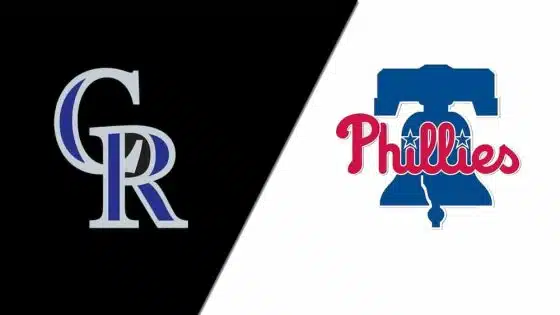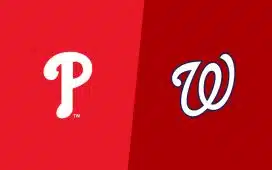Reach's club, officially known as the Philadelphia Ball Club and Sporting Association gains admission to the League Alliance on December 7, 1881 at the National League's annual winter meeting. The club existed on paper only. They did not have a home field yet and were in the process of filling out a roster. And how better to fill out a roster of near-major league talent in the 1880's? Advertise in the newspaper, of course. The address listed was for Reach's sporting goods emporium.
While Reach completed the roster, he also secured a lease for the Horse Market at 24th and Ridge Avenue; the grounds once used as the home field for the National Association's Philadelphia Centennial's in 1875 . The Times announced in January that "every vestige of…the horse "Horse Market" will be removed and new suitable fences, buildings, open seats and large, covered pavilion will be erected in the spring. The pavilion will have a number of reserved chairs for season ticket holders and ladies." Not for nothing, but those plans sound awfully spartan. They were clarified in early March, but still sounded basic. Construction was to be completed April 1 with the first game on April 8. Oh, the ball park also included a bath tub and "shower-bath" in the players' clubhouse. Not bad! The grandstand was situated at the corner of 24th and Columbia Ave (in the picture below, the bottom right).





